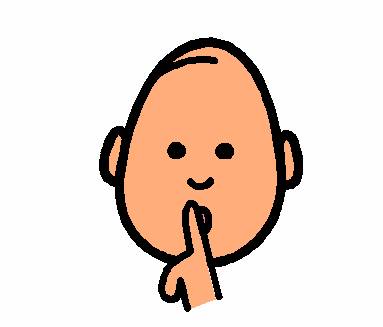My students with Developmental Disabilities have taught me so many things in the past year and a half. They are absolutely an incredible group of kids that are some of the most resilient, funny and committed students I have ever had the pleasure of teaching. They come to school every day pumped up for school and even in the midst of deep, and I mean deep, puberty they manage to hold their hormones in check in order for us to accomplish our goals for the day.
One of the best things my students have taught me is to listen more than speak. As teachers we give instructions all day long. We give instructions on where to line up, which book to read, when to take out instruments and if you are a kindergarten teacher you have probably reminded a student to take their hand out of their pants or nose at least once this week. Most of my students understand the same instructions that many other students understand. I can tell them to line up, get their lunch and many, many other typical school instructions. The difference is that many of the students in my class have some difficulty communicating. Some have stutters, others have mouths that are formed in a way that it is difficult for them to form words and others can’t handle multiple instructions in rapid succession. I realized that in order to hear what they are trying to communicate with me I would have to be quiet a lot of the time and really listen.
My students use a multitude of communication strategies throughout the day to communicate their ideas, thoughts and feelings.
They use:
Visuals- Wow, what would we do without pictures in the classroom? I have understood preferred choices and questions about assigned tasks from the visuals that the students present to me. My newest student quietly reminds me that her time on her bike is coming up next by making sure I notice the picture on her schedule.
Technology- It is a really great time to be a teacher in many ways. There are so many amazing aps and devices that can support student’s learning. My students have told me all about their weekend, favourite items and requests for upcoming events in the classroom using technology.
Gestures/Facial Expressions- My students use a lot of pointing and gestures to communicate in my class. For me as the teacher, the most important time that I use gestures or facial expression is when my students are in distress and escalated. A neutral face and body accompanied by simple one- or two-word instructions are the most important tools in deescalated the stress of my students. When my student’s emotions are heightened, it is very important that I don’t stress them further by asking them to take in a lot of spoken language.
I am so thankful for my students and all that they have taught me.
“Listening is an art that requires attention over talents, spirit over ego, others over self” -Dean Jackson

